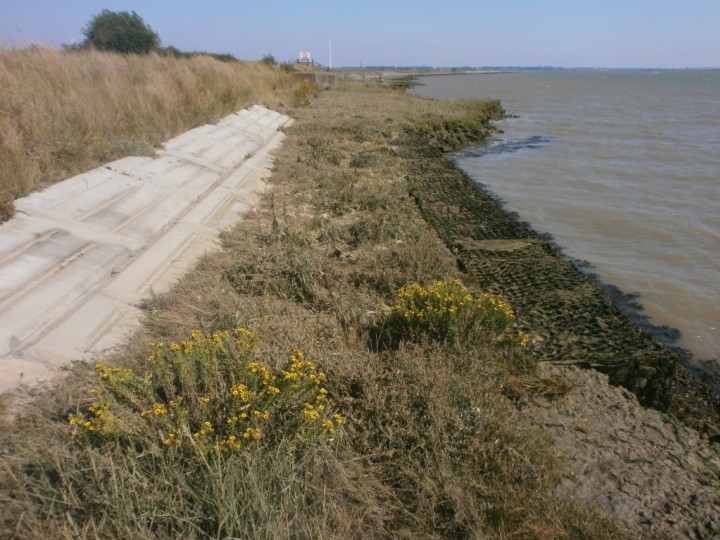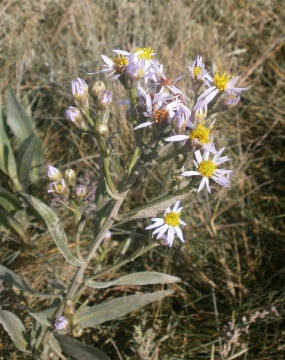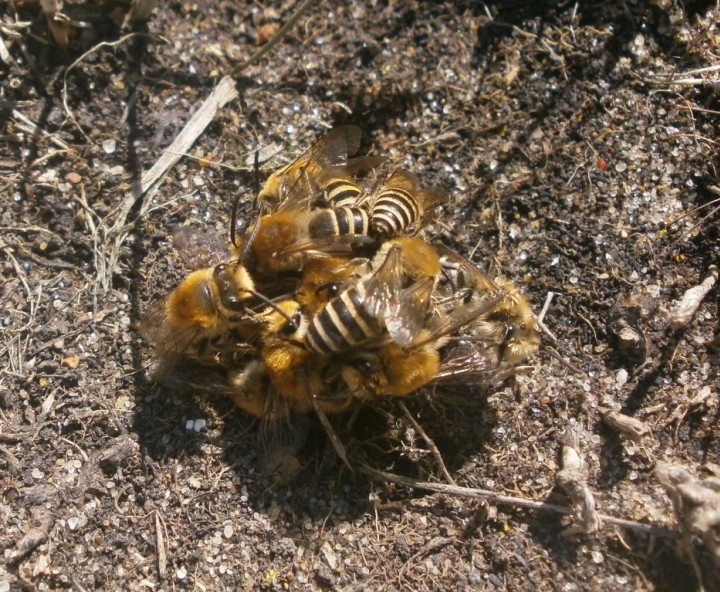Sea Aster Survey
Professor Noboru Kuramoto from Meiji University in Japan and a Visiting Lecturer for University College London, is investigating the distribution and ecology of Sea Aster Aster tripolium in Japan and London. Sea Aster is endangered in Tokyo and found within the Kasai Rinkai Seashore Park in lagoon habitat and on the seaward face of sea wall flood defences. Professor Kura is working with Natural England and the Environment Agency to launch a citizen science project to record the occurrence of Sea Aster in London, particularly in the geographical Vice County 18, where it is found growing on the tidal Thames foreshore from the River Lee eastwards into the outer estuary. Records of both rayed and rayless form are sought from the South Essex VC 18 over the next 1-2 years to help with this important project.
Take part in the Sea Aster Survey

Over the summer of 2016 we would like you to record where and when you have found Sea Aster growing on salt marsh and the seaward slopes of sea wall flood defences along the Thames Estuary from where the Lee Valley enters the Thames eastwards into the outer estuary at Shoeburyness. Both the rayed and rayless form of the plant can be recorded as well as any insects such as the Sea Aster Mining Bee. A recording page will be set up this winter to allow the easy input of Sea Aster records.
Conservation
Sea Aster in Tokyo may be dependent on the same conservation measures which are appropriate for the Thames Estuary populations in that management of tidal flood defences is key to its survival in the absence of fronting salt marsh which may have been eroded by sea level rise. To this end implementation of infrequent cutting regimes on the seaward faces of sea walls could be crucial to ensure that Sea Aster is not eradicated where it occurs in these situations. In Tokyo Sea Aster is threatened by coastal development, encroachment of saline habitats by reed, and inappropriate management of flood defences. The plant appears to disappear quickly under conditions of heavy shade.
Research in Essex is concentrating on the establishment of sea wall terraces on the seaward side of tidal flood defences to allow colonisation by salt marsh plants including Sea Aster. This research is detailed in a forthcoming paper by the University of Essex and Environment Agency researchers.
Cousins L.J., Cousins M.S., Gardiner T. & Underwood G.J.C. (in review) Factors influencing the initial establishment of salt marsh vegetation on engineered sea wall terraces in SE England.

Sea wall engineered terrace at Langenhoe in Essex,
note gabions on right anchoring salt marsh vegetation
Sea Aster is also an important source of nectar and pollen for the Sea Aster Mining Bee Colletes halophilus which is found along the Thames Estuary, with a notable population at Coalhouse Fort near Tilbury. More information on the Sea Aster Mining Bee can be found in the Sea Wall Biodiversity Handbook Sea Wall Biodiversity Handbook
or on the Buglife website https://www.buglife.org.uk/sea-aster-mining-bee ![]() .
.




















